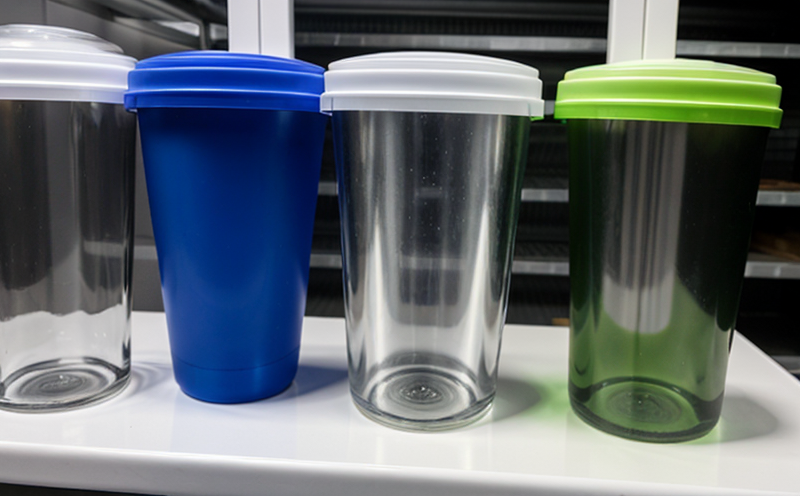ISO 1402-2 Acid and Alkali Resistance
The ISO 1402 series of standards aims to provide criteria for labeling products as environmentally preferable. The second part, ISO 1402-2:2006, specifies the protocol for determining the resistance of packaging materials to acidic and alkaline solutions. This test is crucial in the packaging industry, especially for glass containers, as it ensures that the packaging material can withstand exposure to substances commonly found in food and beverage products.
For glass packaging, this resistance is particularly important due to its role in protecting the integrity of contents during storage and transportation. Glass packaging often comes into contact with acidic or alkaline solutions such as fruit juices, carbonated drinks, and cleaning agents. Ensuring that these materials do not leach harmful substances or degrade when exposed to such conditions is paramount for both product safety and environmental considerations.
The test method involves immersing the glass specimen in a solution of specified concentration (typically 0.1 M acetic acid or sodium hydroxide) at a controlled temperature. The specimens are then visually inspected after exposure periods ranging from 24 to 96 hours, depending on the standard's requirements.
Understanding the test parameters and specimen preparation is essential for accurate results. Proper cleaning and conditioning of the glass sample before testing ensures that any pre-existing damage does not affect the outcome. The solution used should be prepared accurately according to ISO specifications, and the temperature must be strictly controlled throughout the exposure period.
The acceptance criteria for this test are based on visual inspection. A pass or fail is determined by whether there has been any visible change in color, texture, or appearance of the glass surface after immersion. The test results can help manufacturers optimize their formulations and processes to enhance durability and safety.
Benefits
- Enhanced Product Safety: Ensures that packaging materials do not leach harmful substances into the contents, protecting consumer health.
- Environmental Compliance: Meets regulatory requirements for labeling environmentally preferable products.
- Quality Assurance: Validates that glass containers maintain their integrity under real-world conditions.
- R&D Optimization: Provides insights into material performance, aiding in the development of more robust packaging solutions.
Why Choose This Test
Choosing ISO 1402-2 Acid and Alkali Resistance for glass packaging testing offers several advantages:
- Regulatory Compliance: Adherence to international standards ensures compliance with global regulations.
- Industry Recognition: Certificates of conformity from this test can enhance the reputation and marketability of products.
- Data Integrity: Accurate testing results provide reliable data for decision-making processes in product development and quality control.
- Sustainability Focus: Demonstrates commitment to sustainable practices, appealing to eco-conscious consumers.
Environmental and Sustainability Contributions
The ISO 1402-2 Acid and Alkali Resistance test contributes significantly to environmental sustainability by ensuring that glass packaging is safe for both the environment and consumers. By preventing leaching of harmful substances into products, this testing helps reduce potential pollution risks. Additionally, the standard supports sustainable practices through its emphasis on labeling environmentally preferable products.
Through rigorous testing, manufacturers can identify areas for improvement in their materials and processes, leading to more efficient resource use and reduced waste generation. This not only benefits the immediate product but also contributes positively to broader environmental goals. The test results can inform continuous improvement efforts that enhance overall sustainability performance.





